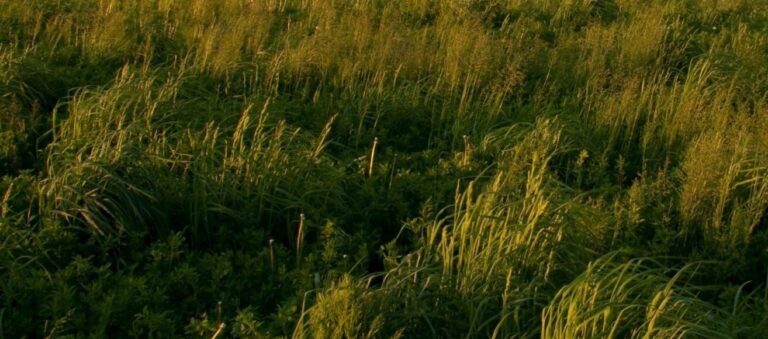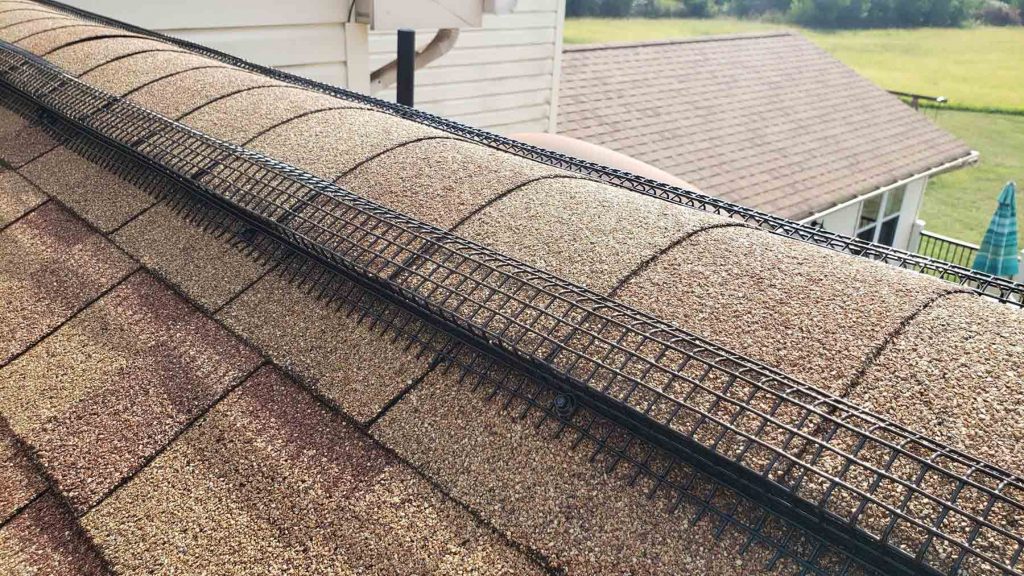Wildlife plays a vital role in our ecosystem, enriching our surroundings and contributing to the natural balance of our communities. As responsible members of these communities, it’s essential to foster harmonious coexistence between humans and wildlife. Engaging in responsible wildlife management practices doesn’t just benefit our local environment but also ensures the safety and well-being of both animals and residents.
Why Community Involvement Matters: Communities that actively engage in responsible wildlife management create a safer and more sustainable environment for all inhabitants. By working together, we can minimize conflicts between wildlife and humans while preserving our natural ecosystems. The collective effort of community members is a powerful tool in maintaining a balanced and healthy coexistence.
Initiatives for Responsible Wildlife Management:
- Education and Awareness Programs: Organize workshops, seminars, or community events to educate residents about local wildlife species, their behaviors, and how to peacefully coexist with them. This knowledge empowers individuals to respond appropriately when encountering wildlife.
- Promoting Responsible Feeding Practices: Discourage feeding wild animals as it can disrupt their natural behavior and lead to dependency. Encourage neighbors to secure garbage cans and refrain from leaving food sources accessible to wildlife.
- Creating Wildlife-Friendly Spaces: Advocate for green spaces that cater to wildlife habitats. Encourage planting native vegetation and providing nesting opportunities to support local wildlife populations.
- Reporting and Collaboration: Establish clear channels for reporting wildlife sightings, especially if they pose a risk to the community. Collaborate with local wildlife professionals to ensure appropriate responses and interventions.
Our Commitment to Community Coexistence:
At Montgomery Wildlife, we’re dedicated to supporting communities in fostering responsible wildlife management. Through our humane wildlife removal, prevention, and education efforts, we aim to promote harmonious coexistence between humans and wildlife in Pennsylvania. We believe that by working together, we can create a safer and more compassionate environment for everyone.
Conclusion:
Community involvement in responsible wildlife management practices is instrumental in creating a sustainable and thriving environment. By joining forces and adopting thoughtful approaches, we can ensure the well-being of wildlife and preserve the beauty of our communities. Let’s continue to collaborate, educate, and embrace responsible coexistence with the wildlife around us.



